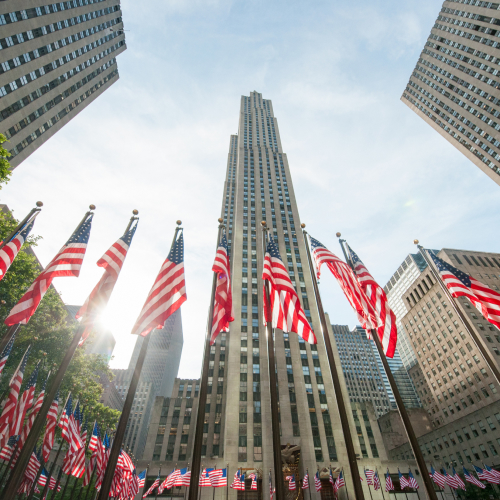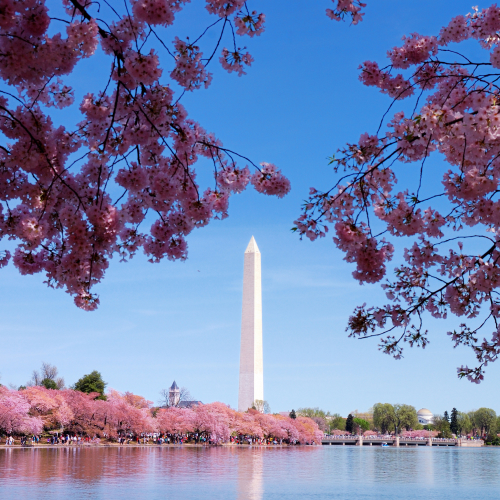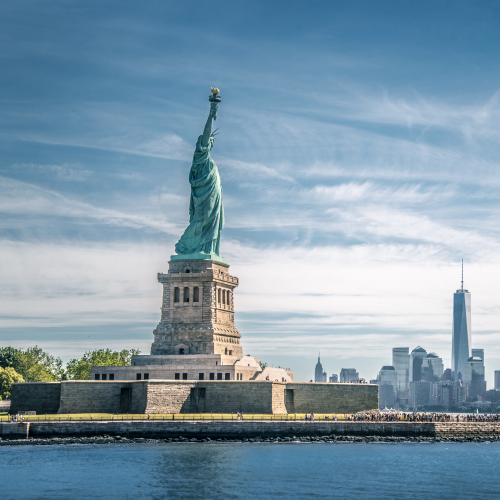
Geography Awareness Week is marked every year on the third week in November. This year, the theme for the week is geography of the Civil Rights Movement in America. With this topic in mind, we have mapped out some of the most significant Civil Rights Movement protests in history that helped to shape America into the diverse country that it is today.
Although slavery is the USA was abolished in 1965, black Americans still did not have equality. Extremist groups such as the Klu Klux Klan emerged to suppress and victimise the newly freed slaves. Some successful attempts were made to improve the stature of black people around America, but it wasn’t until the 1850’s/60’s that the civil rights movement, led by Martin Luther King, challenged white supremacy.
1954
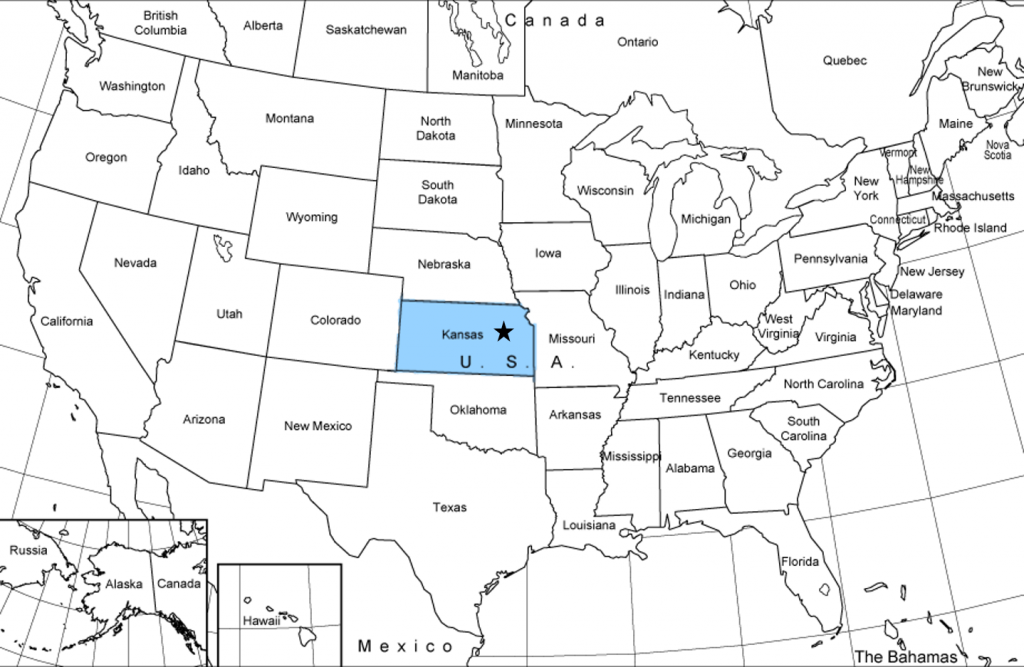 In Topeka, Kansas, 1954, Reverend Brown won a 3 year battle to allow him to send his child to a white school. Previously, the Topeka Board of Education had implemented racial segregation, but after being overturned, Topeka began the end segregation around the city. This ruling paved the way for integration and was a major victory of the Civil Rights Movement.
In Topeka, Kansas, 1954, Reverend Brown won a 3 year battle to allow him to send his child to a white school. Previously, the Topeka Board of Education had implemented racial segregation, but after being overturned, Topeka began the end segregation around the city. This ruling paved the way for integration and was a major victory of the Civil Rights Movement.
1955
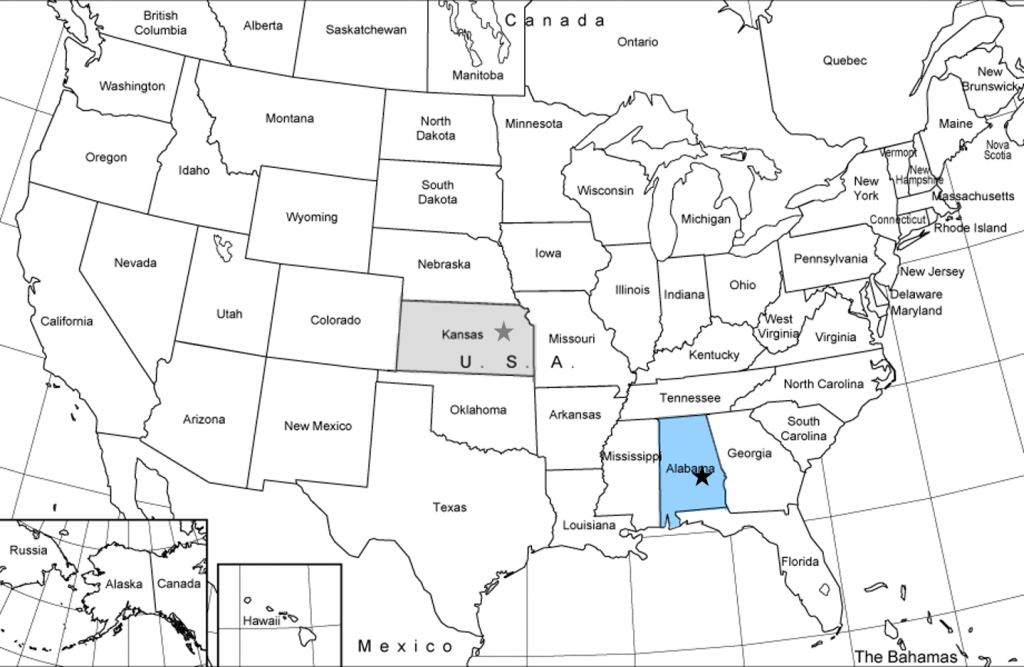 The Montgomery Bus Boycott was a protest during which African Americans refused to ride city buses in Montgomery, Alabama to stand against segregated seating. The 15 day protest was seen as the first large-scale US demonstration against segregation with one of the leaders being Martin Luther King Jr.
The Montgomery Bus Boycott was a protest during which African Americans refused to ride city buses in Montgomery, Alabama to stand against segregated seating. The 15 day protest was seen as the first large-scale US demonstration against segregation with one of the leaders being Martin Luther King Jr.
Four days before the boycott, Rosa Parks was arrested and fined for refusing to give up her seat for a white man.
Ultimately, the U.S. Supreme Court ordered Montgomery to integrate its bus system.
1957
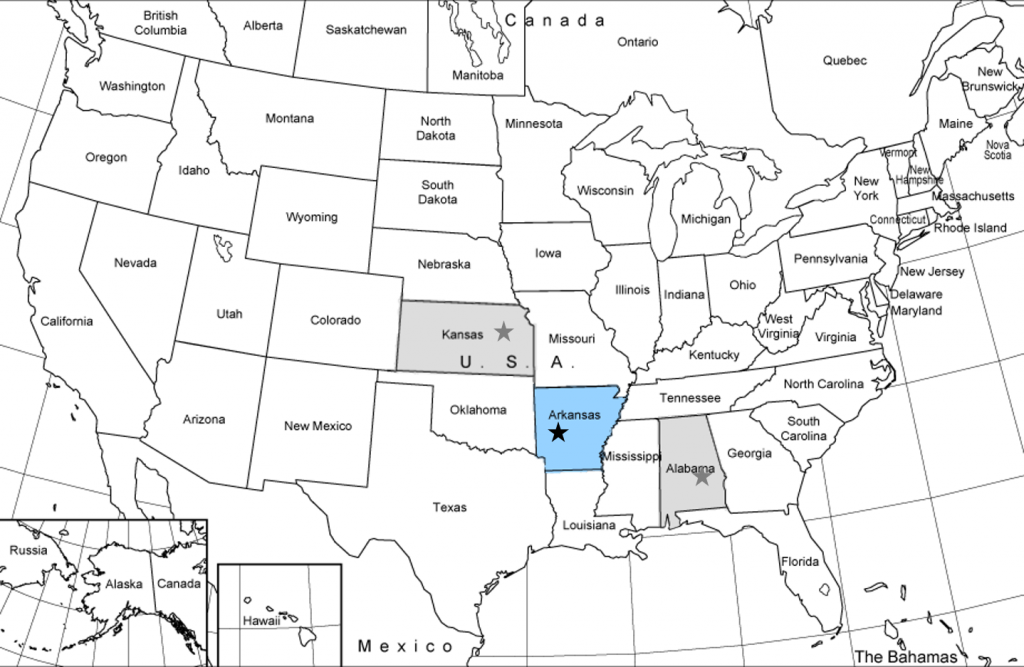 In Little Rock, Arkansas, nine black students enrolled in a previously all-white Central High School. On the first day of classes on September 4, the Governor called in the state National Guard to bar the black student’s entry into the school. However, later in the month, President Eisenhower sent in federal troops to escort the ‘Little Rock Nine’ into the school.
In Little Rock, Arkansas, nine black students enrolled in a previously all-white Central High School. On the first day of classes on September 4, the Governor called in the state National Guard to bar the black student’s entry into the school. However, later in the month, President Eisenhower sent in federal troops to escort the ‘Little Rock Nine’ into the school.
1963
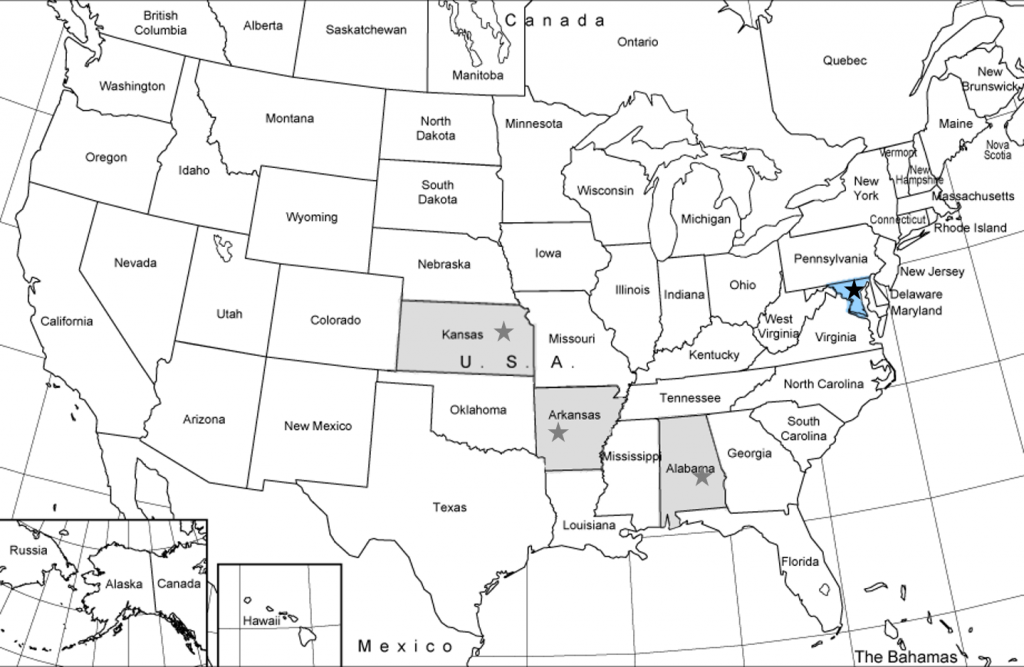 A quarter of a million people marched to the Lincoln Memorial in Washington to hear Martin Luther King Jr. ‘I have a dream’ speech. After multiple campaigns including sit-ins, Freedom Riders on interstate buses and bloody civil rights marches, the speech called for an end to racism in the United States and called for civil and economic rights.
A quarter of a million people marched to the Lincoln Memorial in Washington to hear Martin Luther King Jr. ‘I have a dream’ speech. After multiple campaigns including sit-ins, Freedom Riders on interstate buses and bloody civil rights marches, the speech called for an end to racism in the United States and called for civil and economic rights.
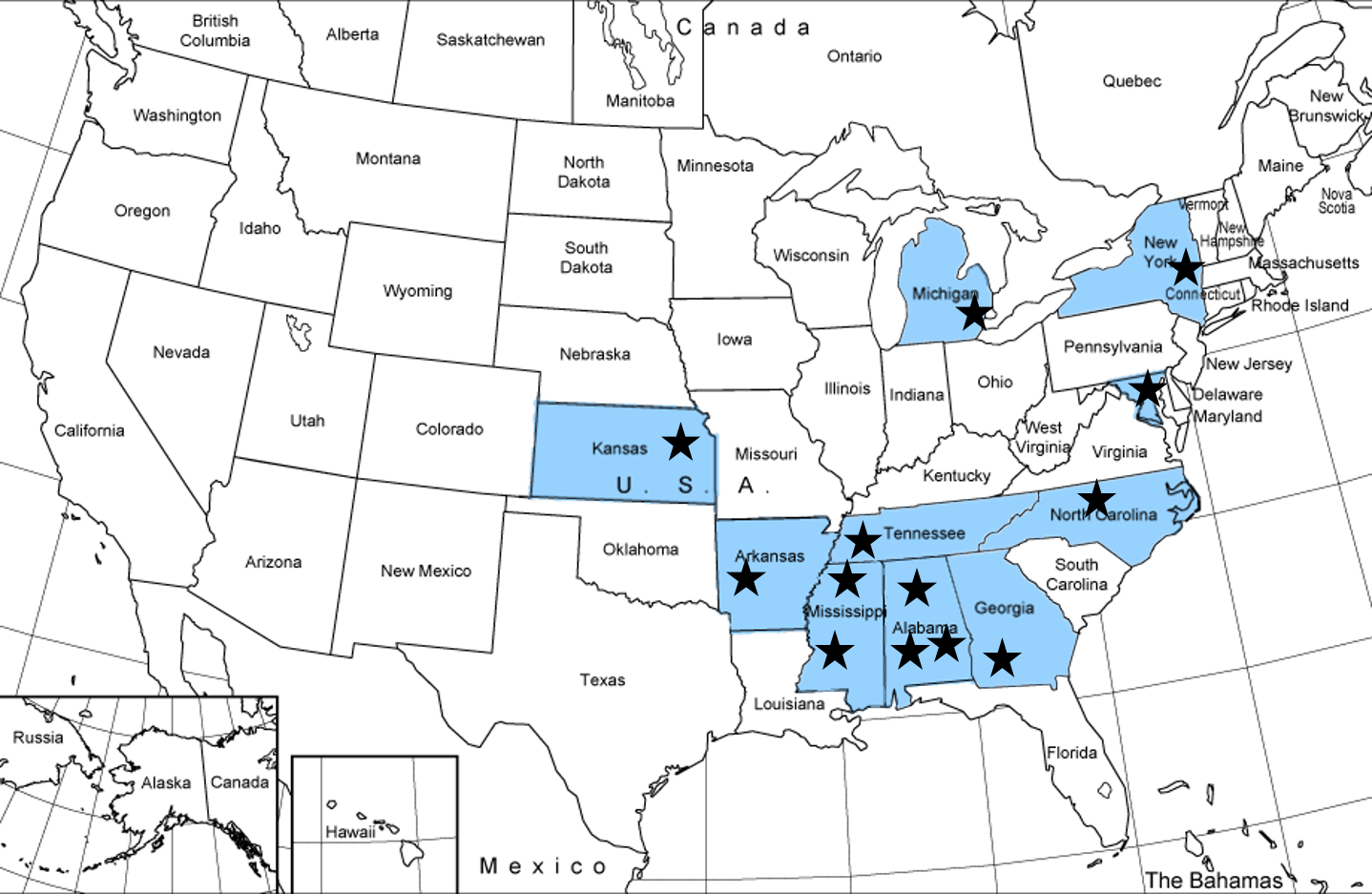
Other Civil Right Movement protests;
Kansas, 1954 – Segregation disputes lead to Brown v. Board of Education
Alabama, 1955 – Montgomery bus boycott
Arkansas, 1957 – Central High is integrated
North Carolina, 1960 – Lunch counter sit-ins
Georgia, 1961 – Albany movement
Mississippi, 1962 – James Meredith enrols at University of Mississippi
Mississippi, 1963 – NAACP leader Medgar Evans assassinated
Alabama, 1963 – Birmingham demonstrations
Washington D.C., 1963 – March on Washington – ‘I have a dream’ speech
Alabama, 1965 – ‘Bloody Sunday’
New York, 1965 – Malcolm X assassinated
Tennessee, 1968 – Martin Luther King Jr. assassinated
Michigan, 1967 – 43 people died in riot

